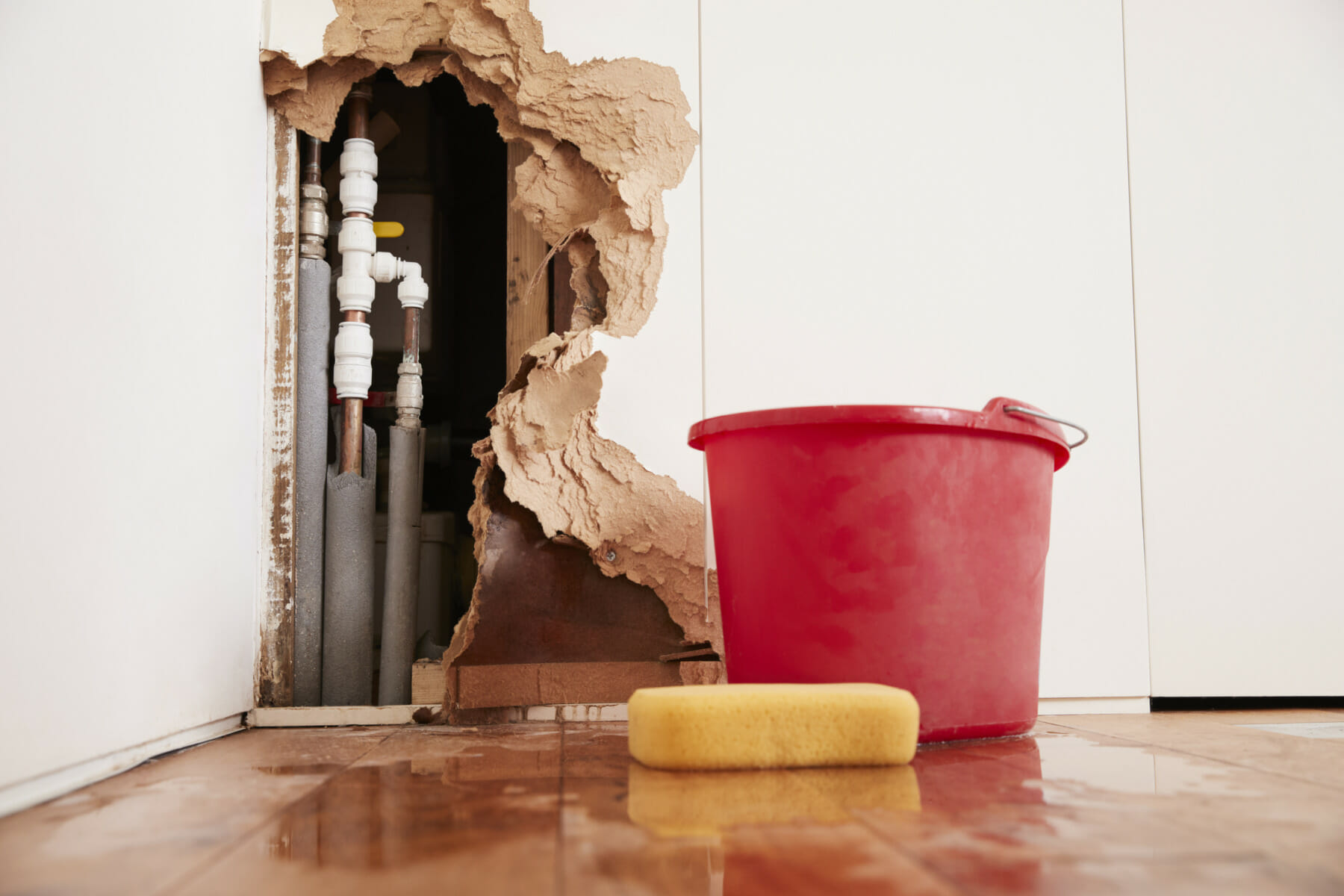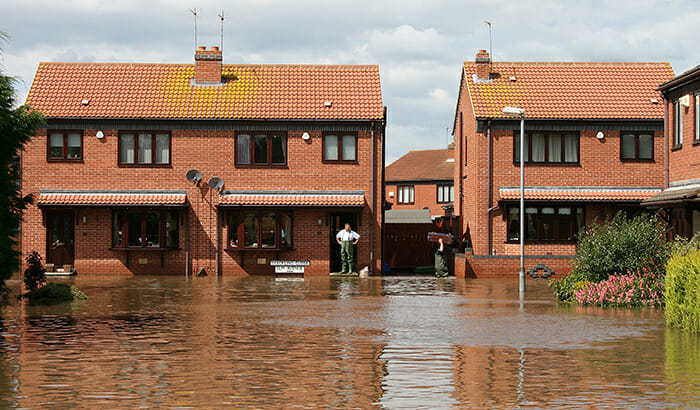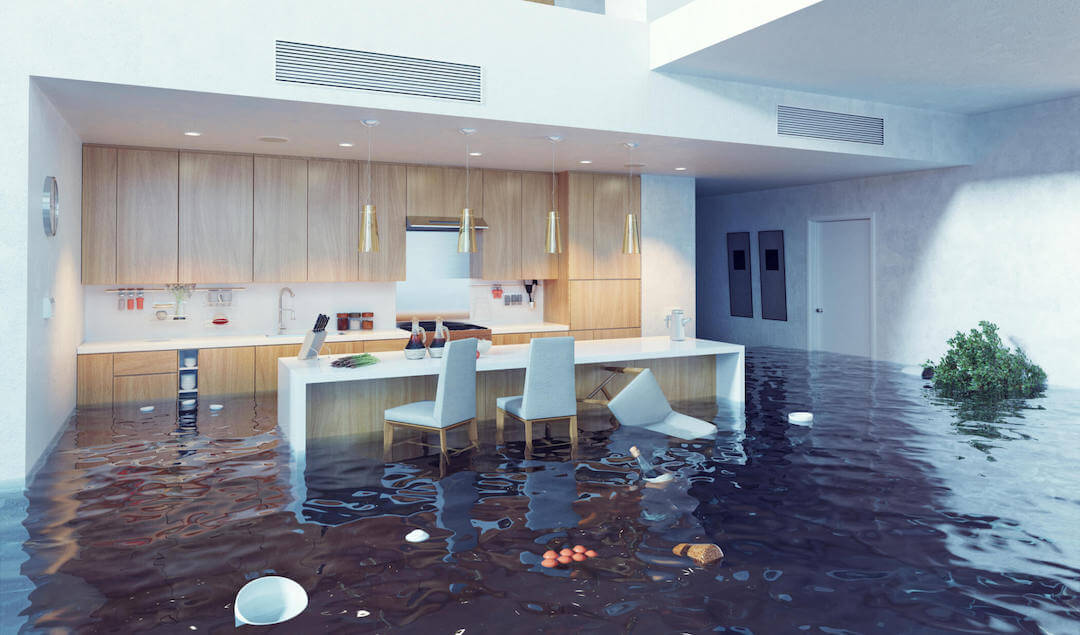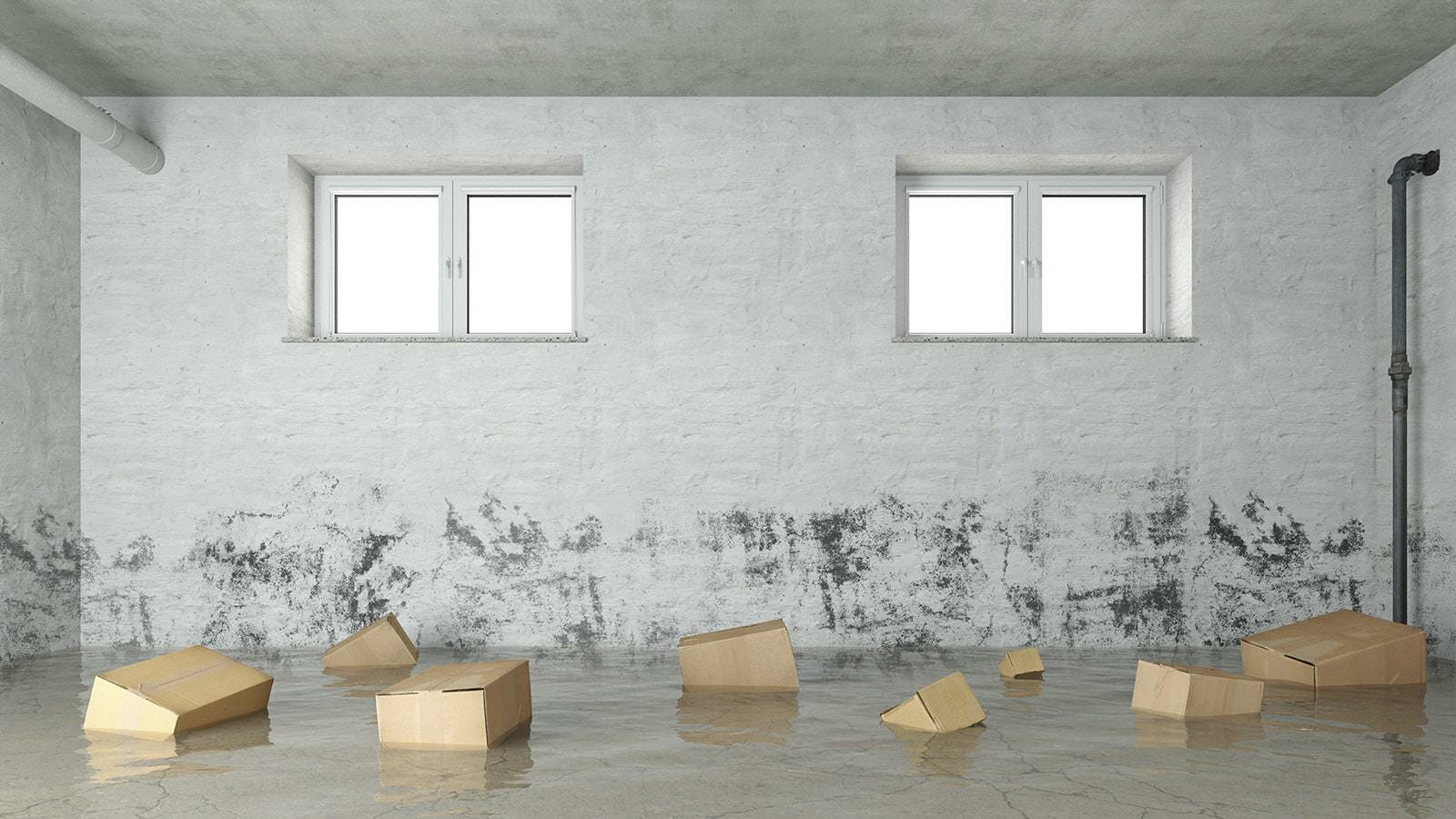How To Spot Water Damage Before It Gets Serious
Did you know that over 70% of homes have some type of mold in them? According to the CDC, the most common types of mold found in a home are Aspergillus, Penicillium, and Cladosporium. Nearly 28% of Americans have genes that predispose them to problematic mold-related health issues.
And the number one reason that homes develop mold is unidentified water leaks or high humidity.
Water damage can do more than foster the growth of mold. It can cause serious structural issues to your home that can be expensive to replace.
That’s why it’s extremely important to spot water damage before it gets serious. Here’s your guide to seeing the signs of water damage in your walls.
What Does Water Damage Look Like? Spotting Signs Of Water Damage
Some water damage is obvious and visible, where other signs are more subtle and hard to pinpoint. Here are seven signs that water is leaking behind your walls.
Visible Stains or Mold
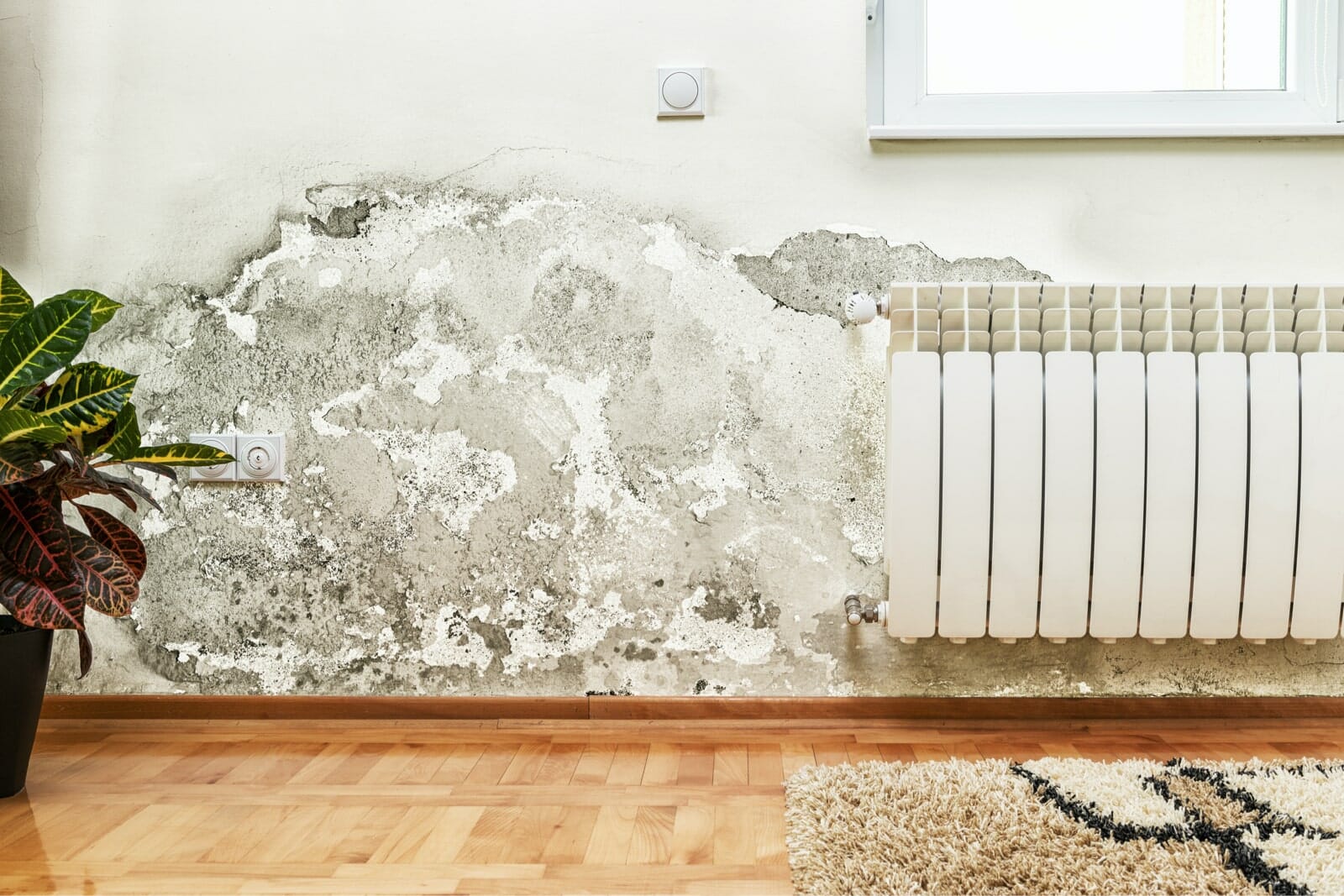
Slow, consistent leaks are hard to detect, but if you notice your paint starting to yellow in one spot or an obvious water ring, you likely have a leak. Most stains are yellow-ish brown and are irregularly shaped.
Stains often occur when water leaks, and then the area dries out. They can overlap if the area repeatedly gets wet.
Mold can grow in wet areas too. However, not all household mold growth is black. It can appear in a whole rainbow of colors, including blue, green, gray, or black. Mold is often fuzzy in appearance and will have long thread-like structures.
It’s important to note that mold is not always visible and can grow behind drywall, tile, under carpet, or in the ceilings. Even though it’s out of sight, it can still be incredibly harmful to your health.
That’s why it’s critical to hire a professional water restoration service when you notice water damage, regardless of whether the water damage occurred due to a leak, a flood, or after a fire. Your water restoration company can ensure that mold does not grow in areas that got wet. In severe cases, mold remediation may involve the services of a microbiologist who can create a strategy to eliminate the mold safely.
Musty Odors
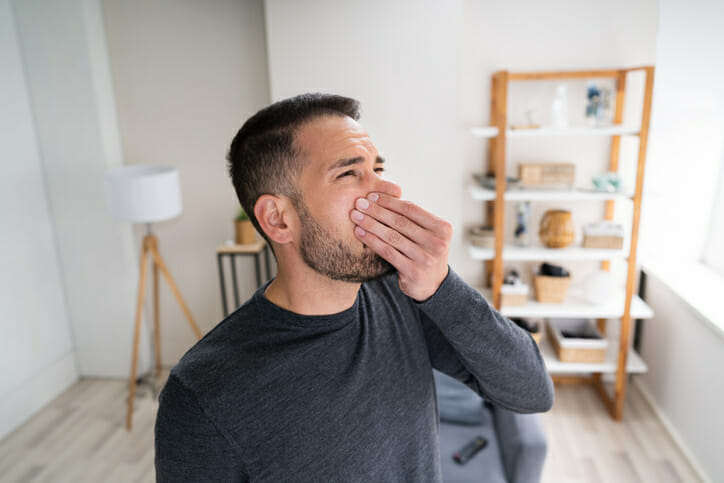
Mold creates compounds call microbial volatile organic compounds or MVOCs. MVOCs are essentially gasses. Some of these gasses are mycotoxins, which give off an odor indicating that mold is growing and reproducing.
That musty odor is your warning that mold is forming somewhere in your house, and it’s likely forming because there is water damage or a leak somewhere in your home. Remember that not all mold emits mycotoxins when reproducing and may not give off that distinct smell.
When you smell a distinctive musty, fungal-like odor in your home, call mold removal and remediation experts to locate the source of mold growth and to remove it.
Unusual Water Bill For The Season
Hot summer months bring on higher water bills because we water our lawns, fill up our swimming pools, and generally consume more of this precious resource. However, if you notice that your water bill is higher than usual and you haven’t been watering excessively or rates haven’t gone up, you may have an unidentified leak.
This is one reason it’s a good idea to track your bills and water usage year over year and check for discrepancies.
Paint Bubbling On Walls
When paint blisters, it has separated and lifted from the surface it was applied to due to either moisture or heat, or a combination of both.
If you notice paint blistering or bubbling on your walls, it’s likely due to a leak. These blisters or bubbling may be rather small at first. If your walls are textured, it can be difficult to see these appearing. Eventually, paint that blisters will peel.
To correct this, you need to remove the paint and completely dry out the surface below before repainting.
Warped Walls or Baseboards
When sheetrock gets wet, it will slowly warp. Broken plumbing behind walls is often the culprit. However, this is a severe structural issue that can be extremely expensive to replace, so if you notice your walls warping or baseboards starting to warp, you have already experienced an extensive, undetected leak.
Your sheetrock will need to be replaced once the source of the leak is located and fixed.
Buckling Ceilings or Floors
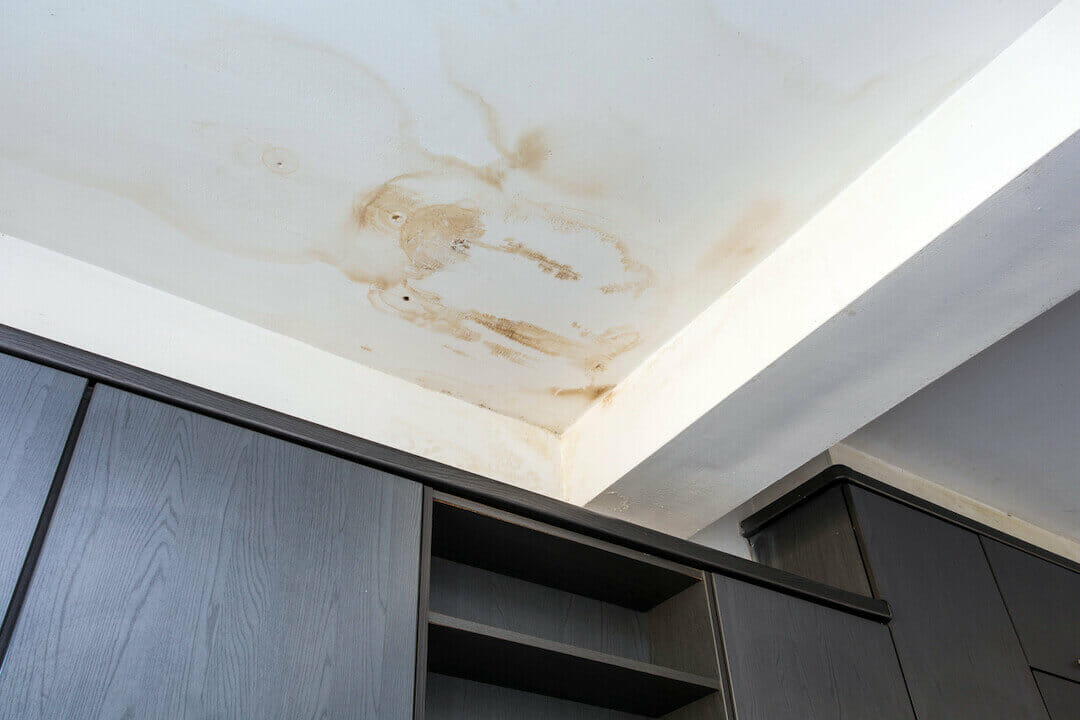
If you have missed a water leak for long enough that it has warped your walls or baseboards, it’s likely leaked into your floors and the ceilings below. A saturated floor or ceiling will buckle in those conditions, or if the adjacent wall has buckled, the floor will too. This is another severe and serious situation that needs the intervention of water restoration experts.
How To Test For Water Leak Behind Wall
If you suspect a water leak behind your wall because you have detected one of the seven signs of water damage above, you can pinpoint the exact site of the leak using a water meter or by cutting into your walls.
To determine if the leak is coming from your indoor plumbing, do the following:
- Turn off all faucets and any appliances that use water
- Check your water meter and write down the number
- Wait for about 3-4 hours
- Go read the water meter again
- If the number has changed, you have a leak in your plumbing
If your water meter does not change and you still have water damage, it could be originating from an outdoor source. Check your downspouts and foundation.
Finally, if you realize the water is due to broken plumbing, you can locate the exact location of the leak by using a moisture meter. Press the moisture meter against the wall, and where you get the highest reading is where the leak is probably coming from.
If you can’t pinpoint the exact location or you don’t have the equipment to test for water leaks, call a water restoration company near you to assess the situation and help you fix the damage.
What To Do If You Detect Water Damage In Your Walls
When you detect water damage in your walls, the first thing you need to do is locate the source of water and stop the leak.
Next, you need to call your insurance company and file a claim.
Then, call your water remediation experts to help you fix the damage before it gets worse, causes additional structural damage, or begins to grow mold.
Who To Call For Water Damage In Walls
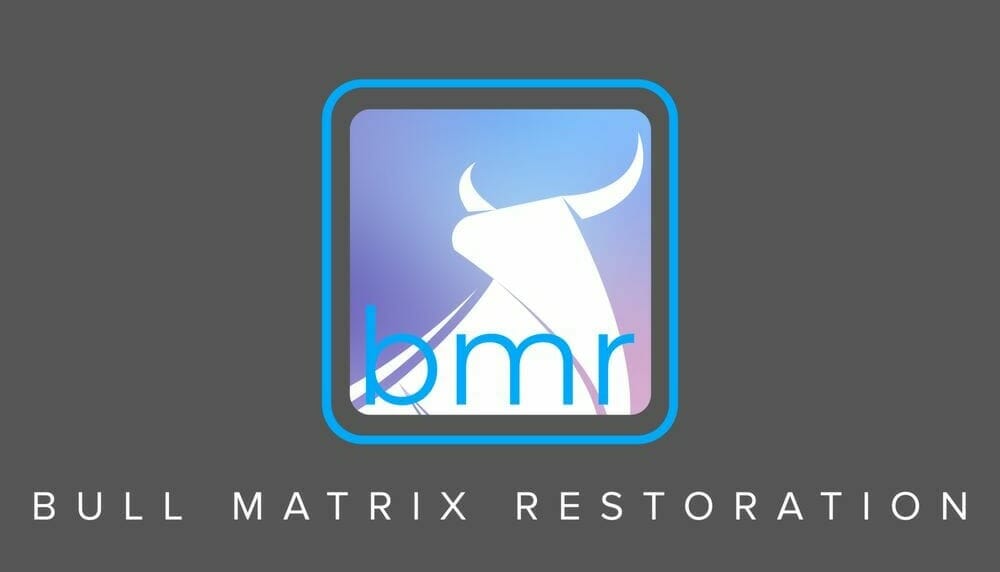
Even though Utah is traditionally a desert state, mold growth is still an issue here. It’s critical to call a water damage restoration company or mold remediation expert when you notice water damage in your walls.
Bull Matrix Restoration services Utah and Wyoming with water damage restoration services and understands how to remove and abate mold. Our lightning-fast response team is ready to help you 24/7 during any emergency. We are Utah’s most reputable water restoration company, and we’ve helped hundreds of people restore their homes after being displaced by water damage, flood, accidents, and more.
When you have water damage in your home, call our water damage restoration crew to help you at (801) 516-4015 or contact us today!

